How are scientists making running shoes more sustainable, while still maintaining performance?
Why are running shoes so hard to recycle, and can this ever be improved?
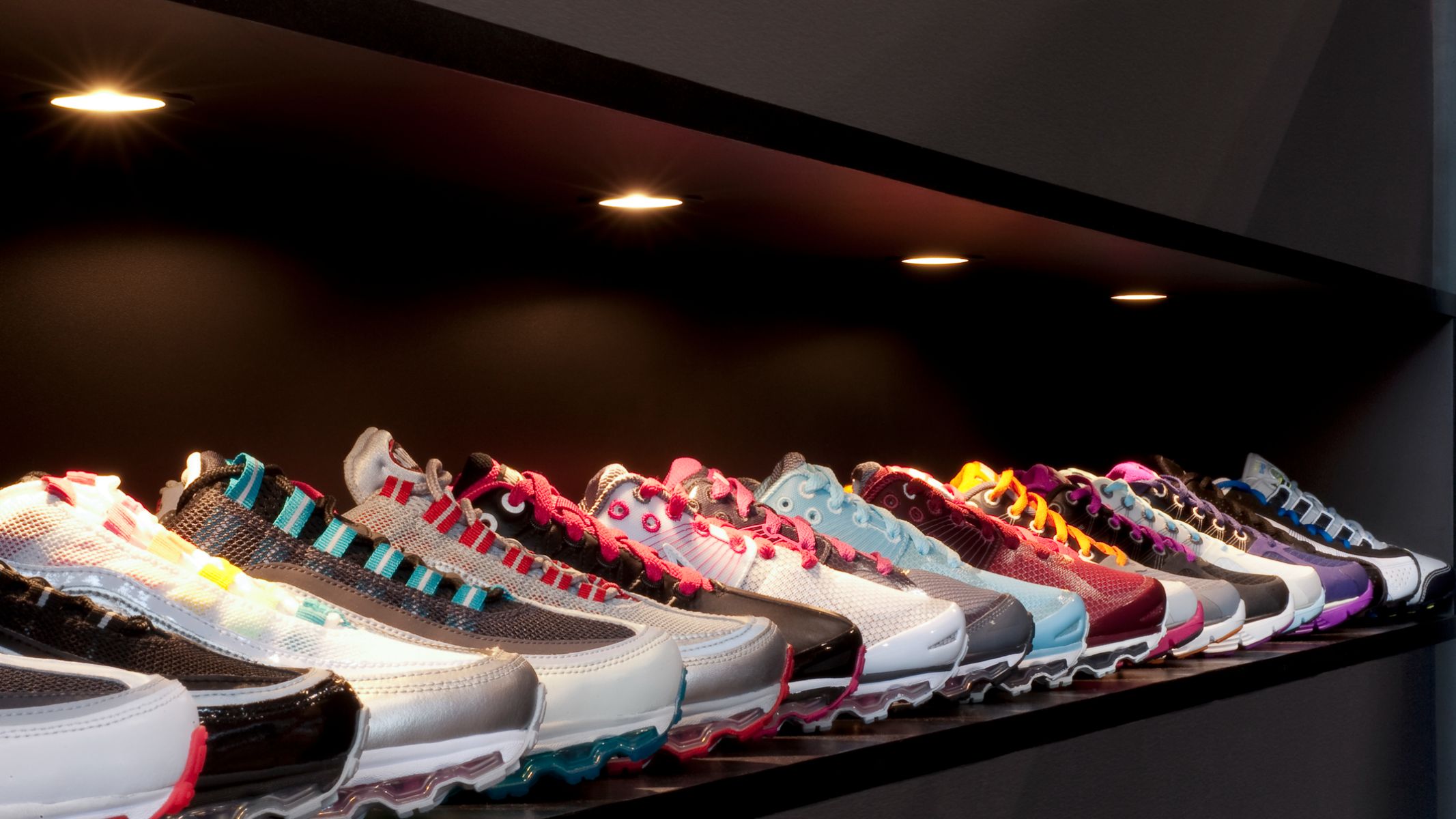
Finding a running shoe that performs well for you is a difficult task. Different runners have different requirements: some people love a well-stacked running shoe, and some want a thinner-than-paper feel underfoot so they can interact with the terrain. Some people overpronate, and some supinate, meaning they need support in different areas of the shoe: some will want a neutral shoe, while others will want a stability shoe (with arch support to correct overpronation).
If you start to worry about sustainability as well, and are concerned about where your running shoes go after they've taken their last steps, then you're going to end up scratching your head. Shoe shopping suddenly becomes a jungle of jargon, greenwashing and not-quite-false claims about how eco-friendly a company is.
Thankfully, we're here to cut through some of the confusion. We spoke to materials professor, Tony Ryan, a polymer specialist and a runner, who had plenty to say on the subject.

Professor Tony Ryan OBE is a professor of physical chemistry at the University of Sheffield, U.K. and the founding director of the Grantham Centre for Sustainable Futures.
Ryan focuses on the global challenge of the food, water, and energy nexus. He delivered the televised Royal Institution Christmas Lectures in 2002 and was awarded an OBE in 2006 for "Services to Science".
What counts as a sustainable/eco-friendly shoe?
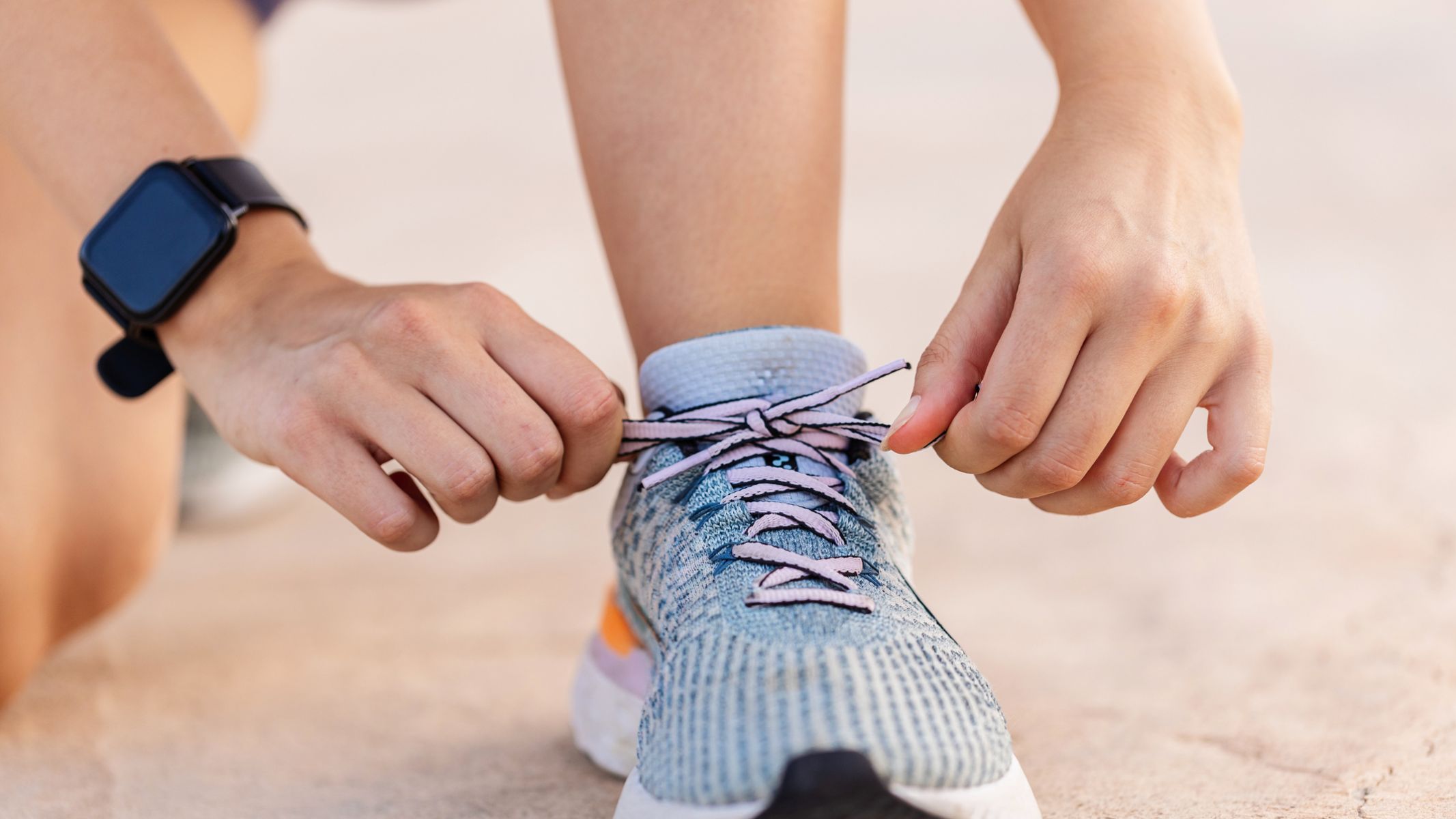
Ryan returned our question with a question. "What does sustainable mean?" he said. "Let's say you want to have lowest greenhouse gas emissions per running shoe, then you'd be able to test that via a life cycle analysis (LCA) and do a comparative LCA between different materials and different constructions."
We should consider whether a shoe is biodegradable at the end of its life. Shoes need to be able to withstand the moist, warm environment of the human foot and the microbes that live there without breaking down, so most shoes are made from fossil-based materials, Ryan explained.
"The reason that the materials aren't biodegradable is that they need to survive," he said. "The one exception is if the sole is made from natural rubber — that comes from a resilient tree. However, it's been so chemically treated, with cross-linking to strengthen the polymers, that it's essentially not biodegradable anymore."
"People who claim to be selling you biodegradable shoes are most likely selling you a lie," Ryan said. Brands will claim something is made from a natural material such as corn starch, but it's much the same process as if you were making plastic from an oil. "Rather than starting from oil, corn starch is made into polylactic acid (PLA)."
This is biodegradable, but often only in an industrial composter — something the average consumer doesn't have access to. So is it really an improvement? "You need to look at the small print," said Ryan.
Why are the materials largely non-recyclable?

Ryan explained that running shoes are made from a variety of different plastic polymers, most of which cannot be recycled together. Running shoes are constructed with many different parts, each with different functions, requiring multiple materials to achieve them all.
"There'll be polyethylene, vinyl acetate, or polyurethane. There might be an airbag, there's usually an insole," he said. "All of those materials are synthetic polymers that are present in the shoe for a specific purpose."
Whether you want shock absorption, resilience or bounce, a different specialist material is required to achieve all of these features in a single shoe. "Even leather shoes are not just made from leather. A leather shoe will have various other materials. Even the most basic leather shoe has stitching, it has glue," added Ryan.
Ryan told Live Science that it's not just that the materials themselves need to be recyclable: the problem is that they're all mixed together in an object that has not been designed for disassembly. "To recycle it, you'd have to disassemble the shoe completely to separate all those materials, because plastics can't be recycled together," explained Ryan.
Even if disassembly is possible, Ryan pointed out that the materials cannot be used to create the same product, as their quality is diminished. He described this as "downcycling."
What are sustainable running shoes made of? How eco-friendly are they, exactly?

Again, this depends on how you define sustainability. Professor Ryan defines the most sustainable running shoe as the one that you wear the longest before replacing it, or one that can be repaired while maintaining as many of the original materials as possible. By this definition, the most sustainable running shoes are the most durable: made from tough plastics and rubbers that don't break down and need discarding.
Alternatively, barefoot running shoes like those made by Vivo Barefoot are light and contain very little fabric or rubber at all when compared to a traditional running shoe, which has many layers of mixed materials. They have a smaller carbon footprint when shipped and are potentially less eco-intensive to produce. Vivo offers repairs in the US, UK and EU, extending the life of a pair indefinitely for a reasonable price. The company also has a take-back scheme in many areas, allowing you to return your shoes to them for proper disposal. They'll take any sneakers, too, not just those they've made, which we thought was neat.
Another company dining out at the sustainability banquet is Allbirds. Many of the materials that Allbirds uses are renewable: the company makes a bioplastic from sugarcane, uses wool in its uppers and sources other materials from recycled plastic bottles and castor oil, and uses recycled cardboard for its packaging.
Ryan explained that using sugarcane is great as a form of carbon capture, where plants absorb carbon dioxide from the air and trap it in their fibers, meaning it cannot pollute. As long as those materials are in existence, that carbon cannot go anywhere else. However, he also pointed out that there is no recycling scheme in place to recover these materials, which will ultimately end up in a landfill or an incinerator. Trapped carbon will be released again when they are destroyed.
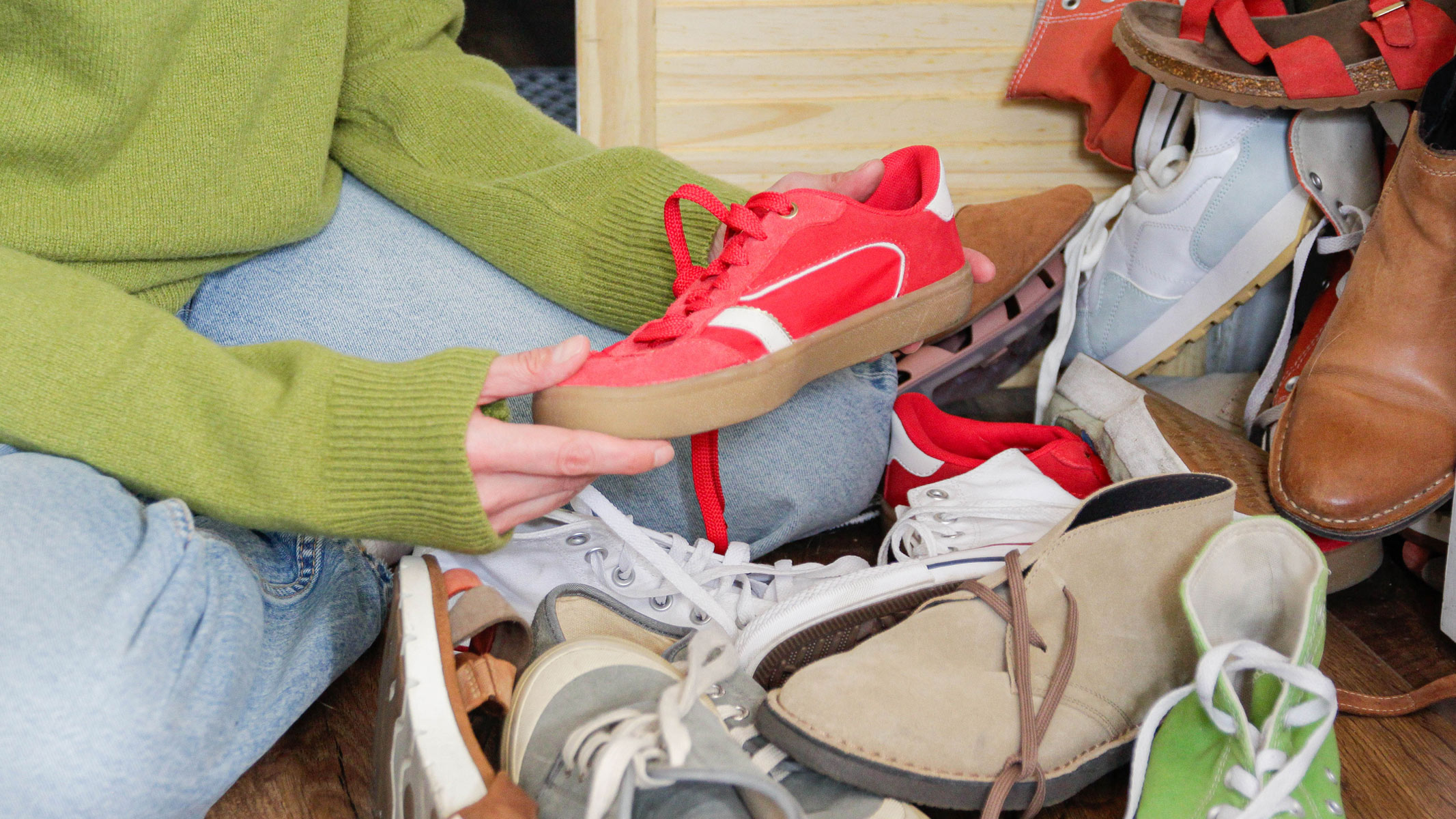
Adidas produces shoes made from recycled materials, claiming that by doing so it is "diverting from landfills and using less water and energy to produce." Ryan mused about how many of those products are made from recycled materials. Shoes made with a small percentage of recycled materials can still make that claim.
Adidas also says that "recycled materials represent a better alternative to virgin materials," something else that gave Ryan pause.
"Are the greenhouse gas emissions per shoe less than making a shoe from virgin material?" he said. "If you're causing more pollution by making a shoe from recycled material so you can sell more recycled shoes, that's not sustainable at all, is it? You'd be much better off making longer-lasting shoes from virgin materials than emitting a load of carbon dioxide to make shoes from recycled materials that didn't last very long."
As a consumer, you must always bear in mind that "greenwashing" (using dubious claims of sustainability as a marketing tactic) is a huge issue with large brands, and often, claims cannot be substantiated or are much smaller than indicated. "The things marketed as being sustainable are generally made out of greenwash," quipped Ryan.
It's not all greenwashing, however. Adidas has created a running shoe designed to be recycled: the Ultraboost Made to Be Remade 2.0. This shoe is made from a single material, making it much easier to recycle than a traditional running shoe.
"The whole shoe can be shredded and that material can be recycled as a mixture because it's a mono-material shoe," explained Ryan. "They've got different polyurethanes in the upper and the sole, but by the nature of them both being polyurethane, you get an average material at the end."
Adidas also has multiple shoe recycling schemes using third parties, depending on your region.
Can sustainable materials match non-recyclable materials in terms of durability, safety and running performance?
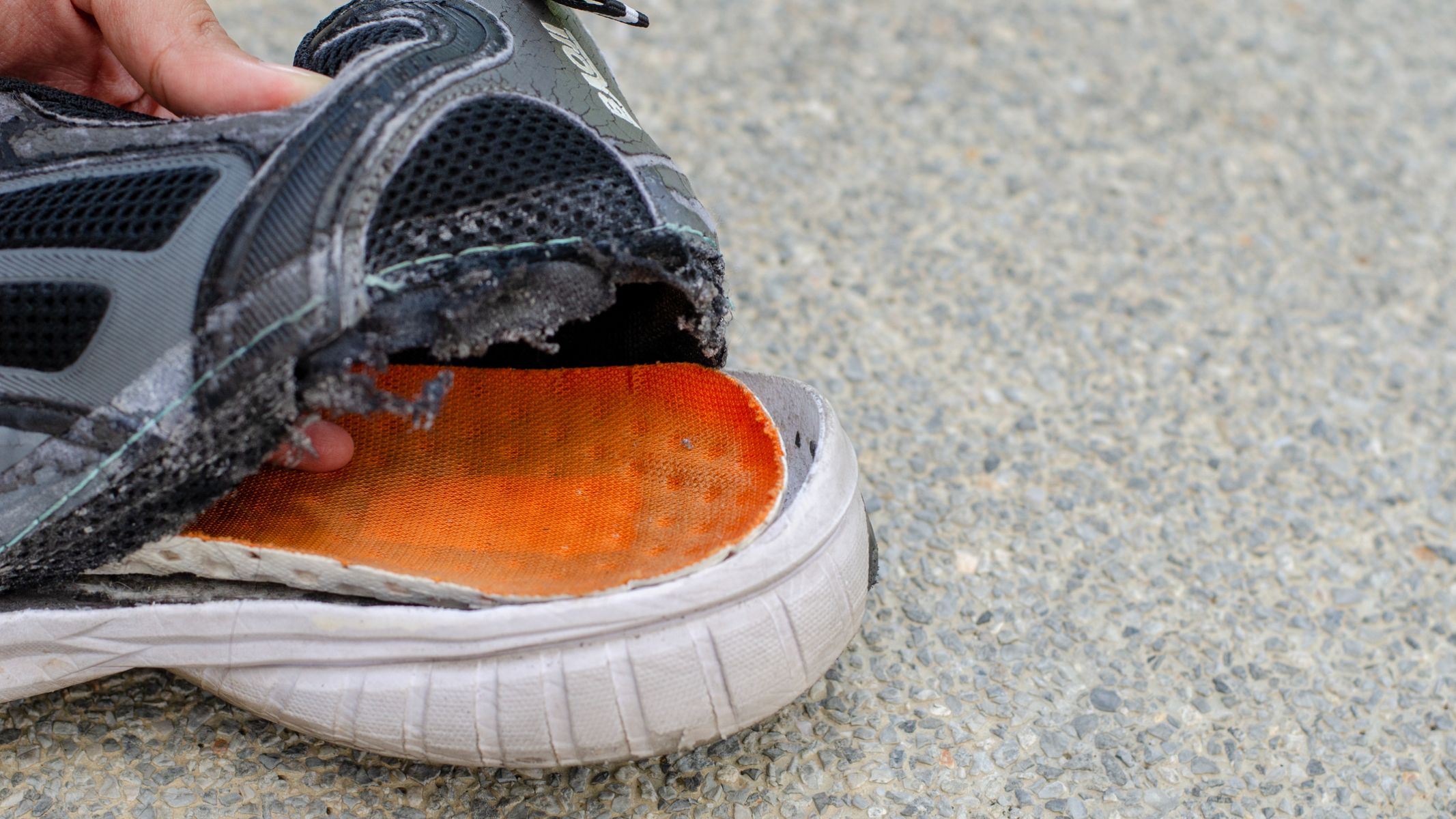
"It's a conundrum," said Ryan. "If you want to get something that's the lowest greenhouse gas emissions per running mile while maintaining running performance, then it'll be monstrously expensive to produce."
So the answer to our question is "perhaps — but we're not there yet".
It is worth remembering that while the materials are important, sustainability is about so much more than simply how something is made — this is only one piece of the puzzle.
What can scientists do to make running shoes more sustainable?
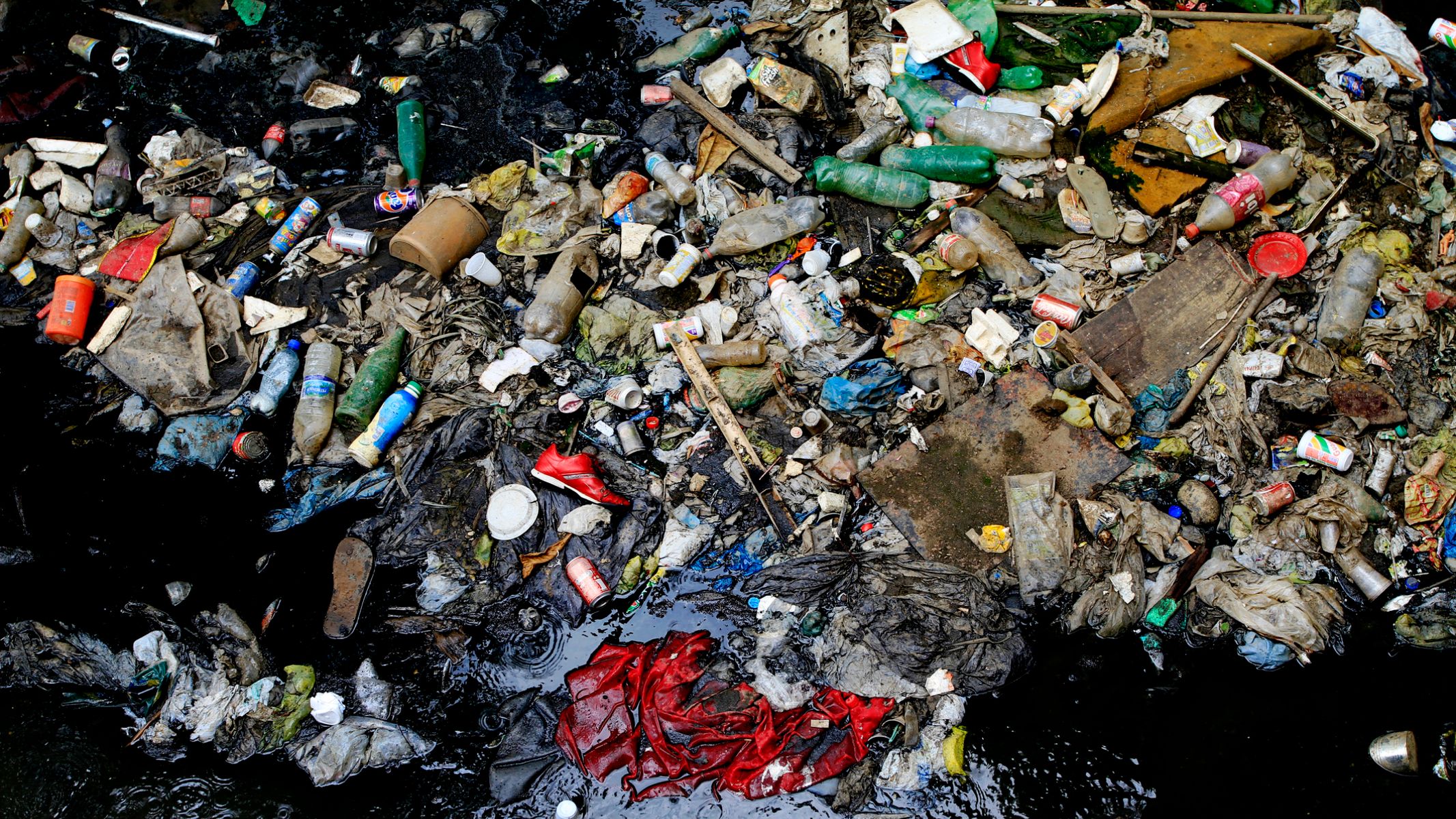
Professor Ryan is at the forefront of materials research, having worked as a polymer chemist for 40 years. While his work is at the cutting edge of research for new and more sustainable materials, ultimately, they need to be cheap enough to appeal to running shoe brands. As most companies are more interested in their bottom line than they are in sustainability, it might be a while before we see this problem effectively solved.
"Materials can be closed-loop recyclable or be made durable, safe and provide good running performance," said Ryan. "The answer is most likely it's one of these things where you can have two out of three. You can either have performance, environmentally friendly materials, or a cheap shoe. You can't have all three."
What can be done to shop more sustainably?

As mentioned earlier, keep an eye out for greenwashing. A lot of brands want you to believe that they care about the planet while they belch millions of tons of carbon into the atmosphere in other areas of production.
While labor-intensive for the consumer, the best thing you can do is research the companies you buy from and the parent company, if they have one. Many brands that started small and independently owned have been bought out by global giants with awful track records for polluting, modern slavery and unnecessary animal testing (to name but a few corporate sins). The mom-and-pop facade may still be in place, but it's just more greenwashing to make the consumer feel more comfortable.
Also, consider cutting the carbon footprint of your product: Do you need it to be mailed to your front door? Local courier drop-off points can seriously shave down the fuel used to get your item to you, or even better, you could go to your local store if it's within walking distance.
Buy second-hand, buy refurbished, buy overstocked products. All of these actions can help extend the life of a pair of shoes and divert them from landfill, even if only temporarily.
Ryan recommends giving each product claim you come across a sense test, using the example of a cornstarch shower cap he found the other day. "You don't need to be a chemistry professor to work it out: it wasn't a lie as such. The feedstock was cornstarch, which was turned into sugar, then fermented to make a monomer and polymerized to make a polymer, which is a plastic. That's how it worked as a shower cap." Is that sustainable? You decide.
Finally, consider your relationship with your running shoes: Do you need six pairs? Do you need a new pair just because a new generation has been released? Are your running shoes genuinely at the end of their life when you throw them away?
Sign up for the Live Science daily newsletter now
Get the world’s most fascinating discoveries delivered straight to your inbox.

Lou Mudge is a health writer based in Bath, United Kingdom for Future PLC. She holds an undergraduate degree in creative writing from Bath Spa University, and her work has appeared in Live Science, Tom's Guide, Fit & Well, Coach, T3, and Tech Radar, among others. She regularly writes about health and fitness-related topics such as air quality, gut health, diet and nutrition and the impacts these things have on our lives.
She has worked for the University of Bath on a chemistry research project and produced a short book in collaboration with the department of education at Bath Spa University.
You must confirm your public display name before commenting
Please logout and then login again, you will then be prompted to enter your display name.









